Qixiong Ruqun(齐胸襦裙) is a typical style during the Tang Dynasty, the golden age of China. You can find similar styles of clothing in the famous Tang Dynasty paintings. This is a type of Ruqun with the skirt tied above the breasts and worn with short blouses.
Now let’s look at the individual pieces and how to wear Hanfu - Qixiong Ruqun.
1: Wear the Blouse of Qixiong Ruqun
The word Ruqun translates into top garment and skirt in Chinese, it is one of the earliest and most basic forms of Hanfu.
This blouse has parallel collars and is relatively short to match the long skirt, it is very common to find flower and plant shaped patterns on fabrics during the Tang Dynasty. Put the blouse on first, and tie the knot.
2: Wear the Skirt of Qixiong Ruqun
Moving onto the skirt, it is long and pleated, unlike traditional skirts which are usually one piece of fabric wrapped around the body, this modern twist separates the back and front panel and has two sets of ties, it is designed to ensure a better fit and help it stay put on the body.
The first step into the center of the skirt, bring up the back panel and tie it in front, make it as tight as you can. Now bring up the front panel, wrap it around the back and tie it again in the front.
To create more friction, loop the remaining belt around each side several more times, maybe it’s a bit hard to breathe at this point but at least won’t be worrying about the skirt falling.
3: Wear the Hezi of Qixiong Ruqun
Add one key item - it’s called Hezi (诃子). It’s only been seen in ancient paintings, and it’s believed to have been worn outside of the skirt and mostly for decoration purposes. Hezi can see examples in Dunhuang murals.
There are two sets of ties, turn it to the back first and tie the inner set of ties and then the outer set of ties, turn it back around, and there you have it.
4: Wear the Large-sleeved Coat of Qixiong Ruqun
The large-sleeved coat (大袖衫) is optional too, but adding it instantly transforms Qixiong Ruqun into an outfit suitable for formal occasions. The coat is light and sometimes sheer, and ties together at the bottom, as seen in this famous Tang Dynasty painting.
5: Wear the Pibo of Qixiong Ruqun
Adding a long scarf called Pibo (披帛) draped around the arms for decoration. Tang Dynasty women’s attire was very colorful, broad, and loose, the extravagant yet graceful style was a reflection of the Tang Dynasty’s prosperity and openness on foreign policies. This design is a perfect fit for the golden age of China.
Finish~
You can click on the video to see the details of how to wear Hanfu - Qixiong Ruqun.
For more information on Hanfu styles and How to wear Hanfu, please click here.
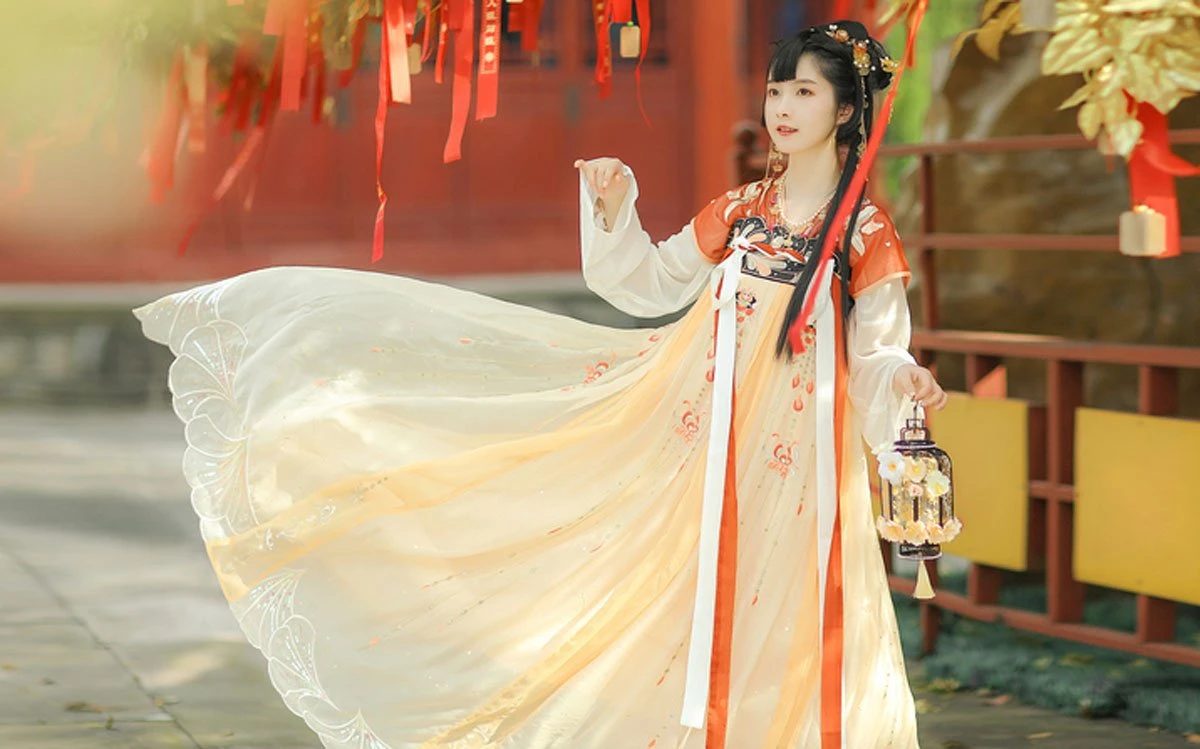
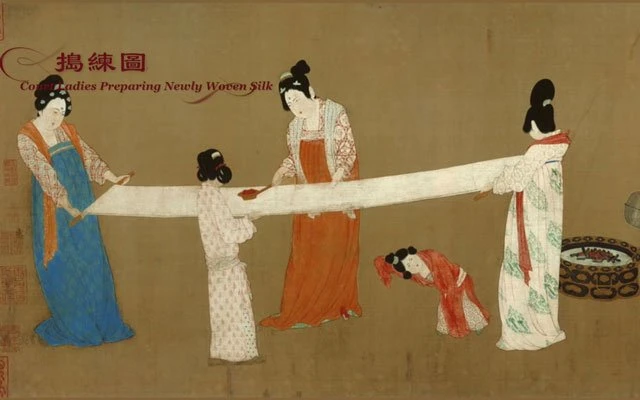

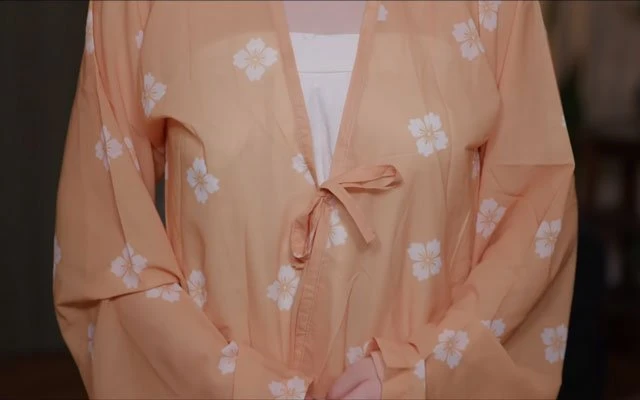
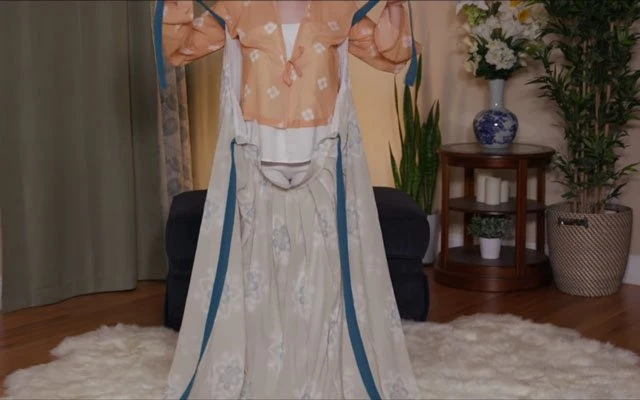
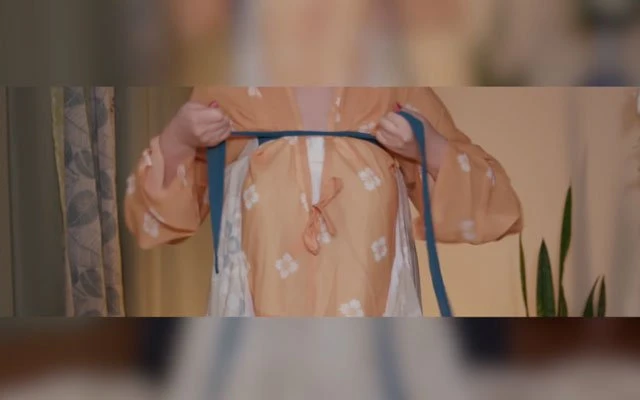
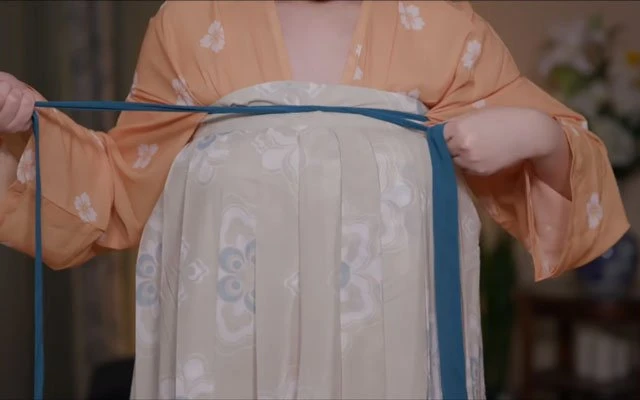
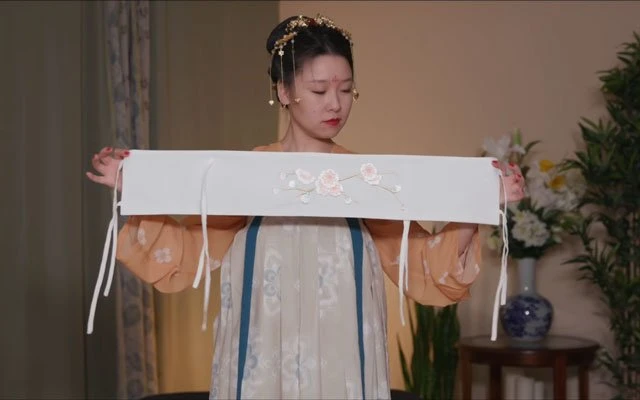
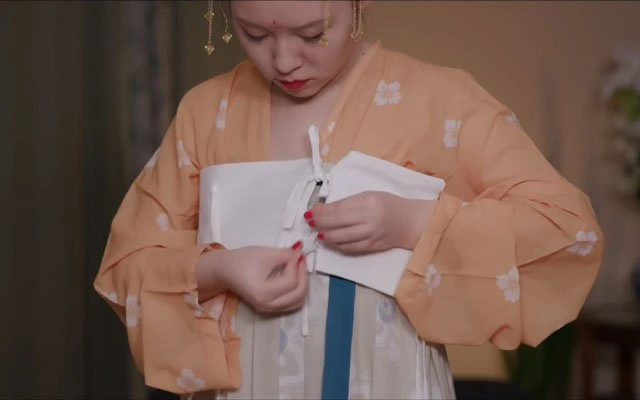
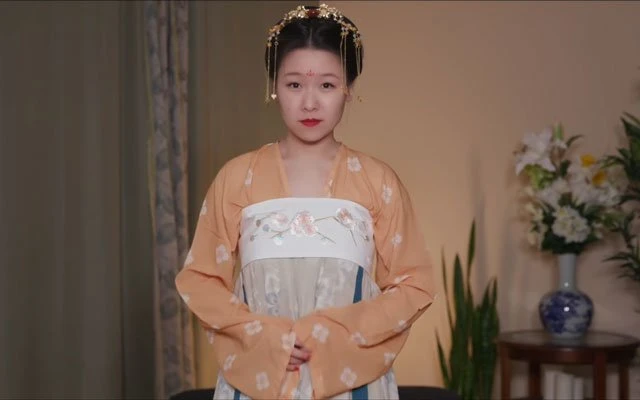
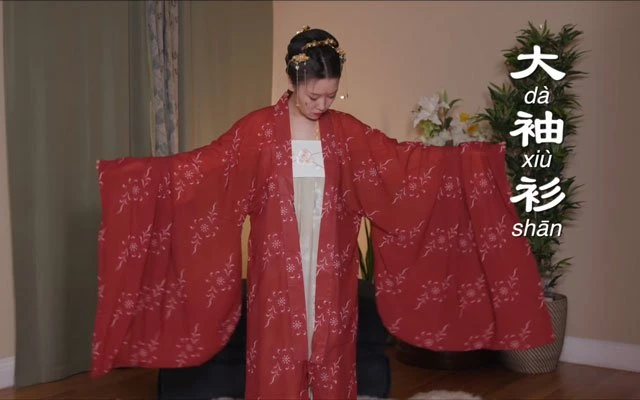
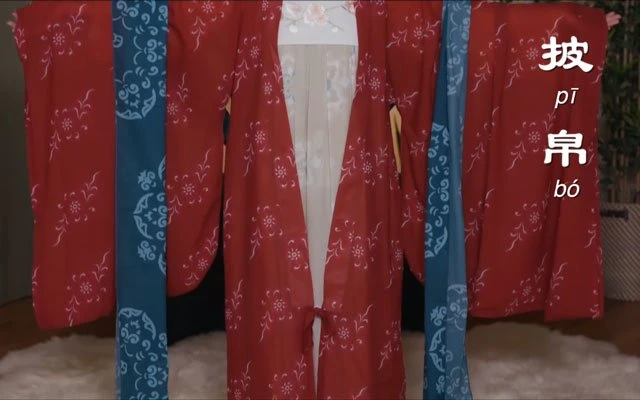
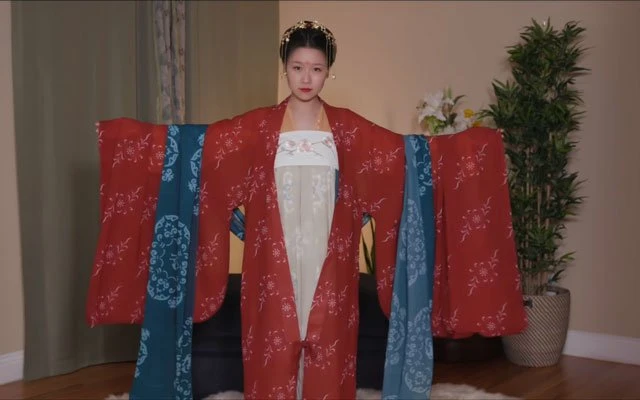
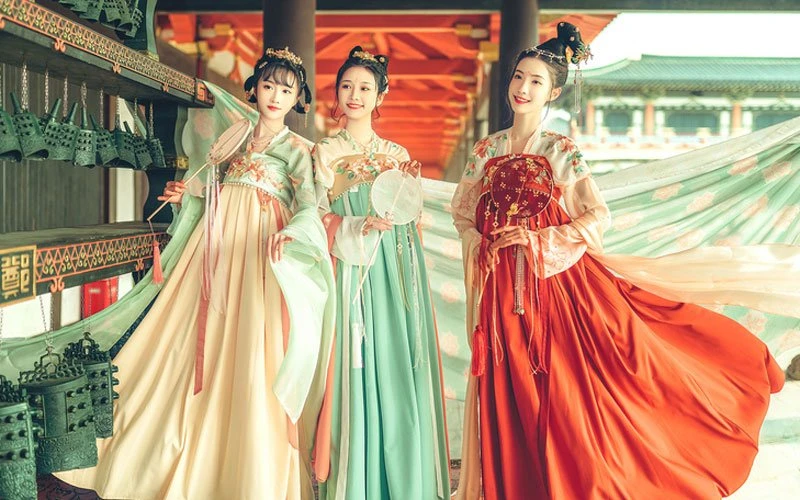

Ahhh pretty!! Thanks for the guide 🙂
Hanya orang tertentu yang bisa memakainya pada zaman itu
Iya Memang mewah dan anggun
I think Ally is a great teacher and demonstration instructor.